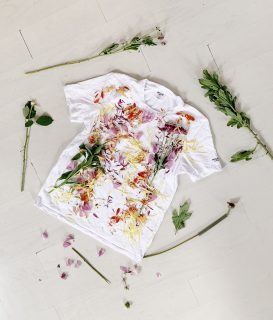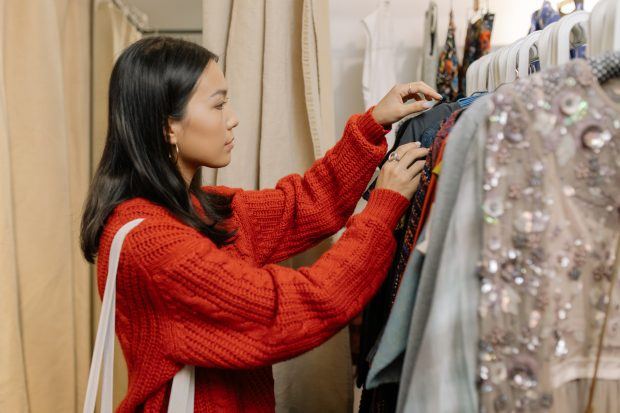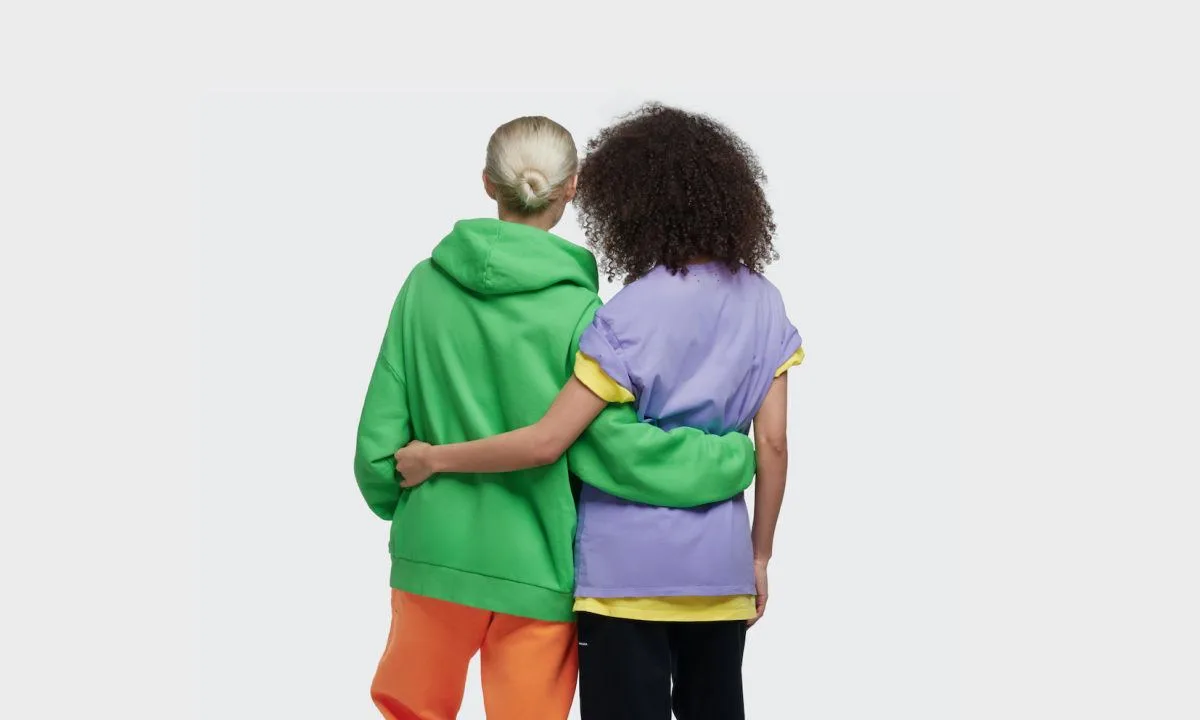It may just be the word of the year. But when it comes to living more sustainably, it’s difficult to know where to turn. There are so many different aspects of our lives in which we’re being urged to become more sustainable and earth-friendly. Everyone has a view, and they don’t always agree.
Reducing waste and the use of plastic
Plastic isn’t biodegradable, because it isn’t a natural material, and that’s what makes it so damaging to the environment. And if it does manage to break down, it’s extremely toxic to surrounding ecosystems.
Unfortunately, the majority of plastic waste is sent to landfills. According to the journal Science Advances, of all plastic produced, only 9% is recycled properly. If it doesn’t end up in landfills, it often ends up in the ocean, where it is consumed by marine animals. For animals, this typically results in death, but it also means that the fish we eat contains microplastics.
Of all the polluters, plastic packaging is one of the biggest generators of plastic waste. Mostly, plastic packaging that is sent to landfills, because there is so much of it, regularly ends up being burned. When burned, plastic emits toxic chemicals and pollutants. Not only are these bad for the environment, but they’re also dangerous for us.
Sustainability and fashion
Fashion is perhaps the industry where sustainability is the biggest buzzword of the moment. According to Forbes, it’s the second-largest polluter in the world, after the oil industry. The apparel industry, it says, accounts for 10% of global carbon emissions.
Brands big and small are climbing the sustainability bandwagon.
In most countries you’ll find an H&M or Zara. Both of these international brands claim to be big on sustainability.
On its website, H&M claims to have sustainability at its core, with “responsible purchasing practices” playing a vital role in the sustainability journey of the brand. This year, according to the Fashion Transparency Index, which ranks brands on “how much information they disclose about their suppliers, supply chain policies and practices, and social and environmental impact”, H&M ranked second out of 250 brands.
How do you know what is for real when it comes to more sustainable clothing choices?

Photo by Anna Sullivan on Unsplash
But it can be difficult for consumers to know whether they can take big brands at their word. Big brands are often accused of “greenwashing”, an exaggeration of their sustainable practices.
According to Jheni Osman, a science journalist, author, and presenter on BBC Radio 4’s Costing the Earth via ClientEarth, this involves misleading consumers, without actually breaking the law by making any truly false claims. Often, these big corporations are simply unable to keep up with consumer demand for change.
Greenwashing is largely successful only because of a lack of consumer education around proper sustainability practices.
Global brands focus on fibers
The fabric that garments are made of can have a significant impact on how sustainable the end product is. For example, while cotton as a textile is breathable, comfortable to wear and “natural”, the crop itself is water-hungry.
Cotton is, of course, the fibre behind perhaps the most popular and widely worn garments in the world: jeans. This is one of the reasons why Levi Strauss & Co began its Water<Less programme worldwide.
According to the company, this process is used across fabric-making and garment-finishing, and has led to a substantial reduction in water usage across the brand.
More water-less and hi-tech innovation offer sustainably acceptable brand choices
Levi’s has also introduced a “rigid” finish, which requires no water in the garment or fabric form. The only time these garments touch water is during the dyeing process. With 67% of all Levi’s products made with Water<Less techniques, it proves that traditional ways of garment-making and manufacturing can be changed to help us live more sustainably.
Other brands such as Pangaia are putting organic textiles and high-tech fabrics first. These high-tech fabrics are often made from plant-based cellulose fibers, and can mirror the look, feel, and applications of fabrics that were historically made from a petroleum base.
According to the company, its focus is on “consider[ing] the delicate balance between sustainability, functionality, and purpose”. Where natural and/or animal fibers are used, the brand makes use of only recycled and organic options.
“With each PANGAIA piece, we consider the environmental and social impacts across the entire life cycle”
If you’re looking to live more sustainably then make considered choices. Use:
- Organic or recycled cotton
- Organic hemp
- sondeflor.com
- Cork
- Econyl
- Recycled synthetics, such as polyester
- Lyocell
- Modal
- Bamboo
- Ecovero
- Piñatex
Thrifting: a new way to buy sustainably
In recent years, even emerging markets like South Africa have experienced huge growth in the thrifting market, which has long been part of the fashion sphere overseas. This change is perhaps most evident on social media sites such as Instagram, where thrifters can sell to the public without having to pay fees per sale.
Gabrielle Onay is the owner of one of the most popular Instagram thrift stores, Cry Baby Thrift. While Onay says she originally started the business purely as a way to make money, it has since expanded into something more. The platform has now become about “body inclusivity in the fashion world, sustainable fashion sourcing, and creativity for South African youth”.
Of course, thrifting isn’t just for clothing; you can thrift anything. Onay says Cry Baby also sells curated second-hand and vintage decor gems.

Photo by cottonbro from Pexels
Markets create sustainable spaces too
Creating sustainable spaces for the South African market is vital, she adds. “Without these spaces, it’s almost impossible for us to consider thrifting as a new way of buying.”
That’s where retail space SOKO District comes in. The word soko means “market” in Swahili, and is “traditionally driven by the collective art of buying and selling goods in an open space”, the company says. More often than not, small brands are the sustainable ones, but they struggle to pay the enormous rental fees associated with retail space. The aim is to unite smaller, sustainable brands with a similar ethical gaze and ethos in a way that makes it easier for consumers to support local brands.
So, how can we make that shift towards living more sustainably?
Ultimately, it comes down to taking a much closer look at our personal buying habits. We need to make it our own responsibility to do adequate brand research and understand what it is we’re buying. Instead of being scared of change, we need to embrace it.
The bottom line
So, hop onto Instagram and find some cool thrift shops. Make sure that what you do buy from fast-fashion outlets is made of more sustainable fabrics, and shop locally where possible.
Main Photo Credit
Image courtesy of PANGAIA via Musings



![women [longevity live]](https://longevitylive.com/wp-content/uploads/2020/01/photo-of-women-walking-down-the-street-1116984-100x100.jpg)










